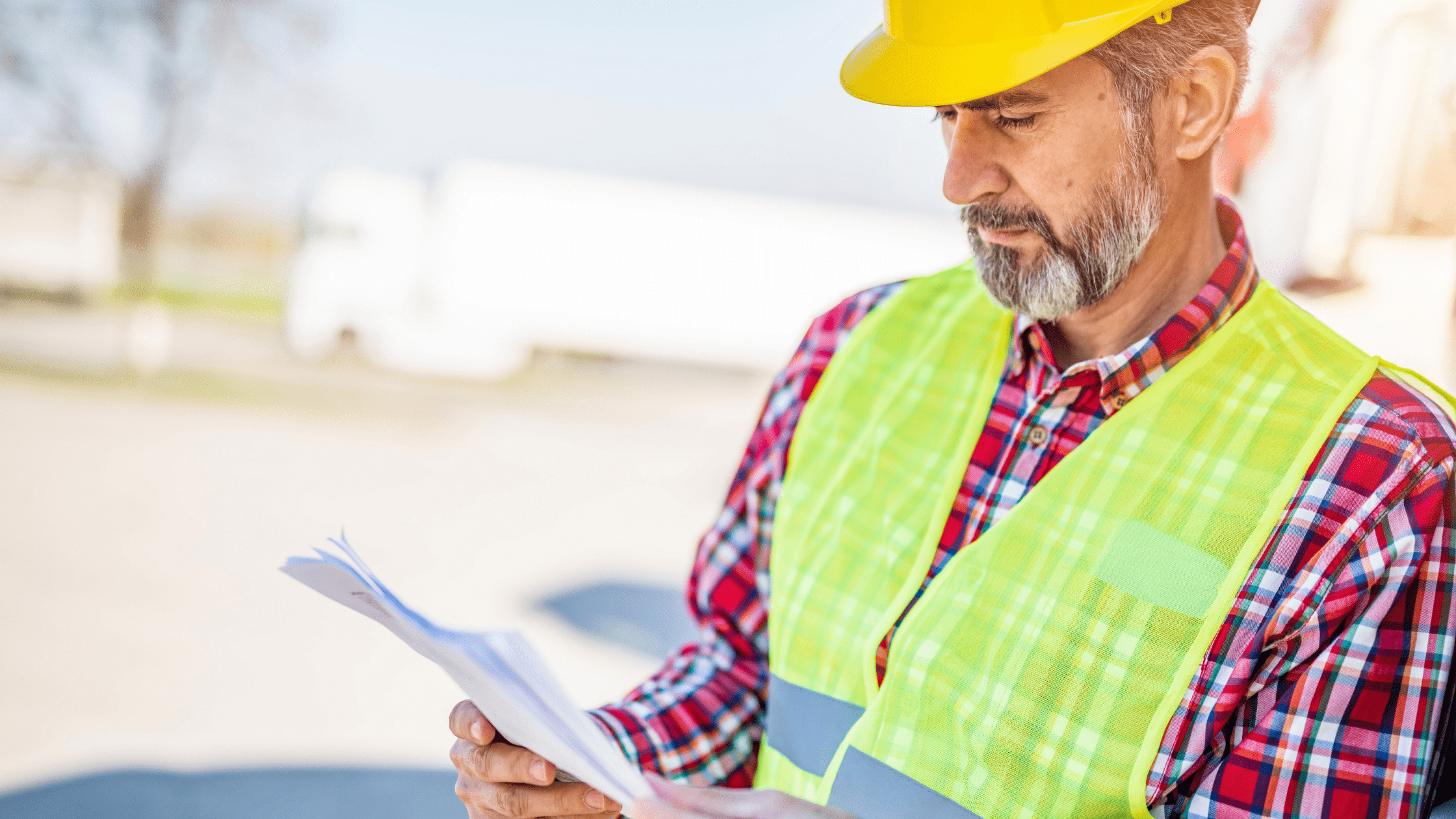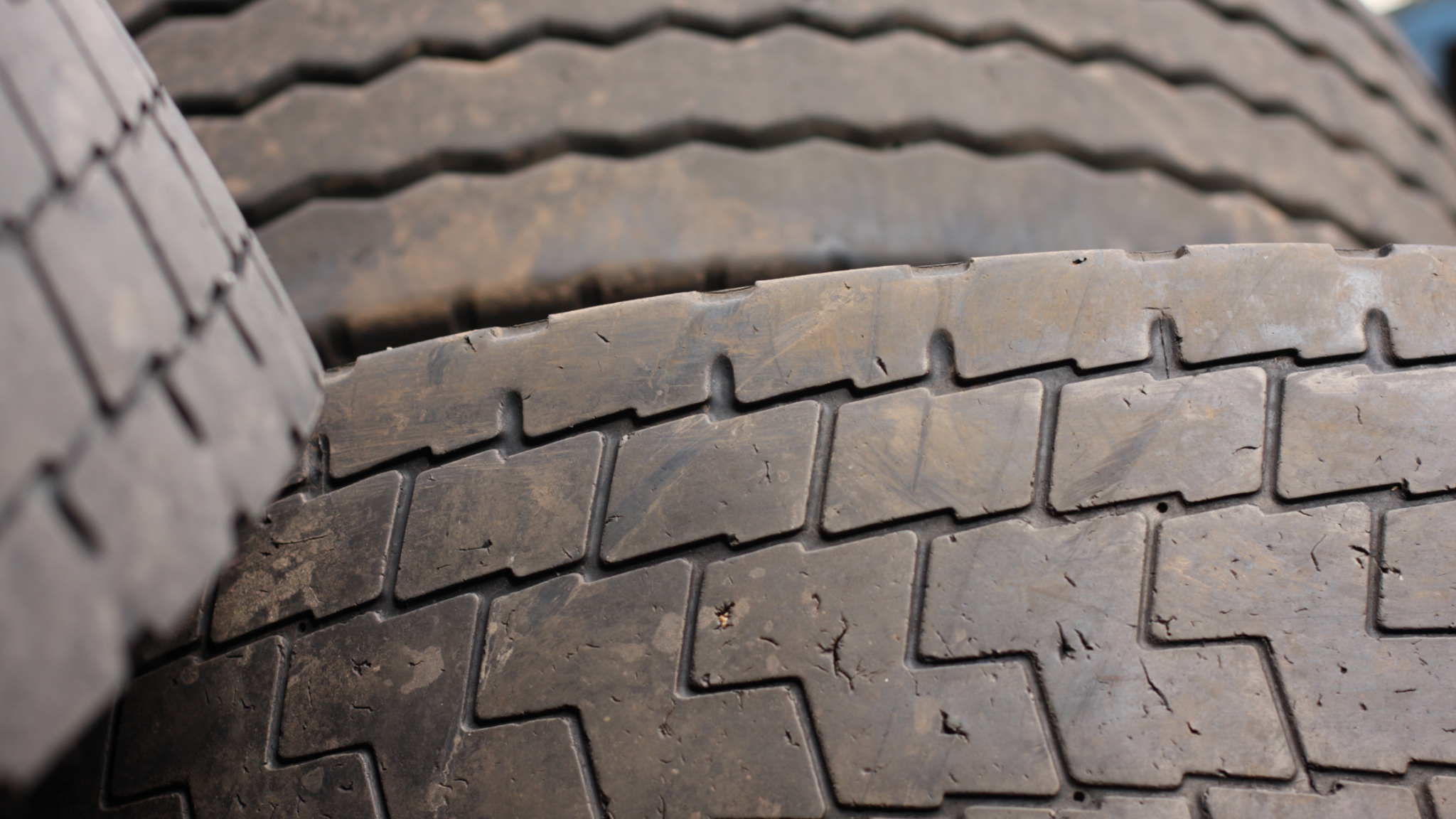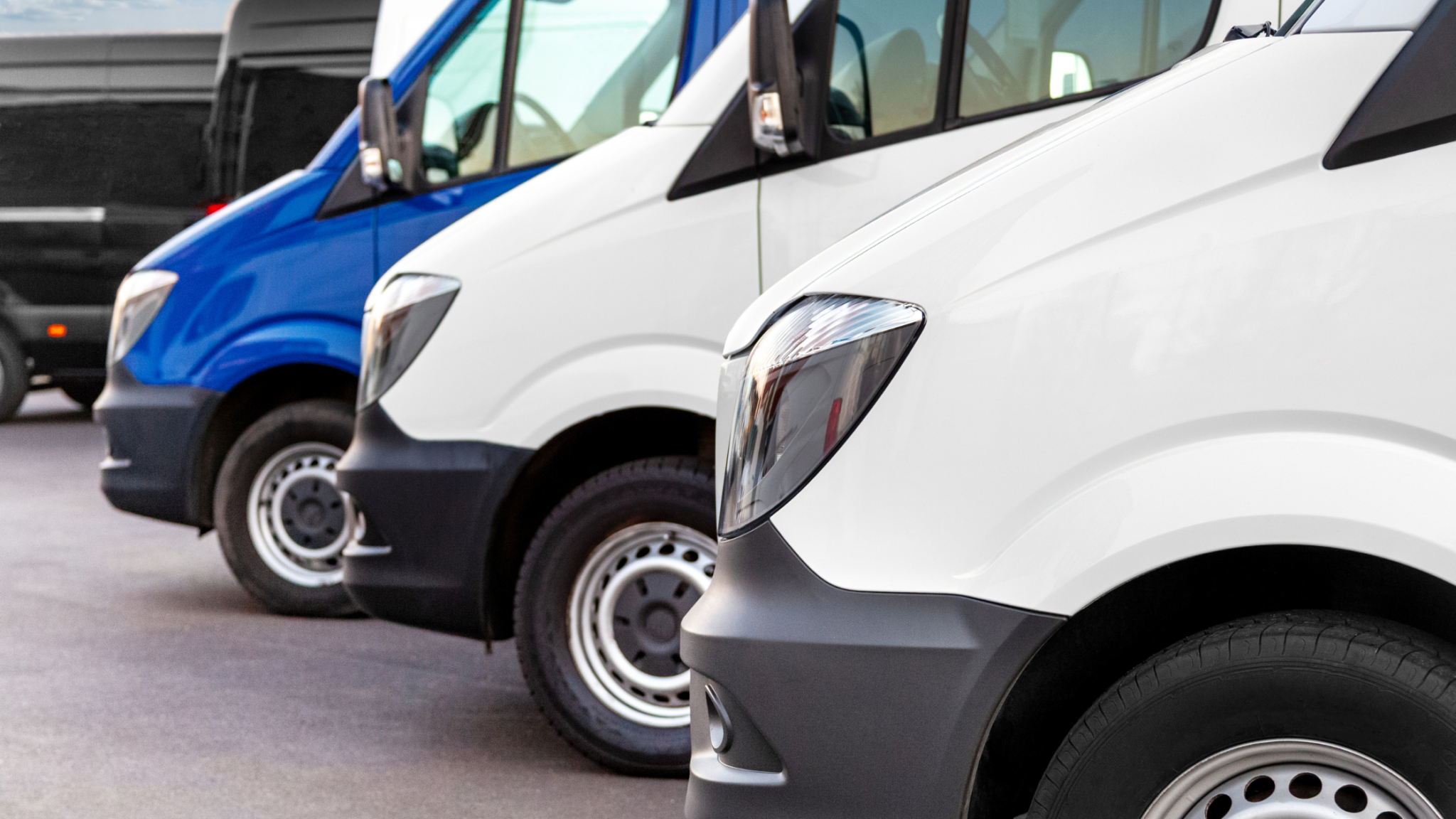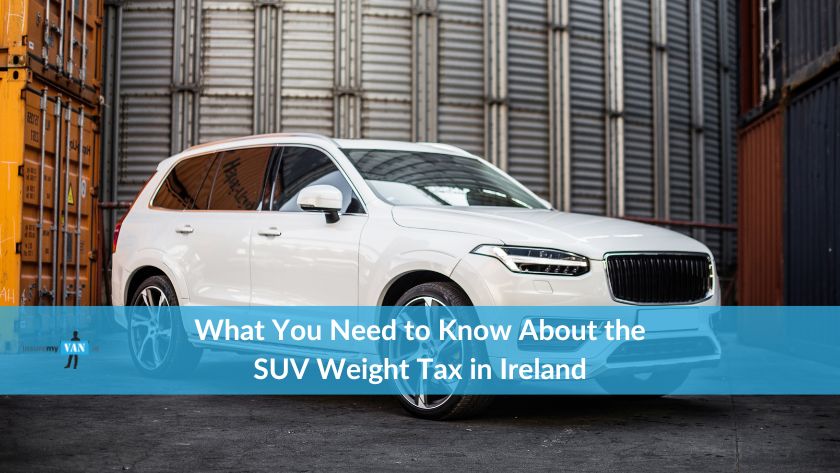Tuesday, 14 December 2021
Checklist for buying a secondhand van
Buying a secondhand van is an effective way to manage costs, however there are some things that you should look out for before parting with your money. Most van...
Decide what type of secondhand van you need
The first thing you need to identify is the purpose of purchasing the secondhand van. People buy vans for several reasons. Are you buying a van for personal use to use at the weekends for van trips around the country? Are you buying a van for your job or your company? Identifying what your van will be used for will determine what type of van you should be looking for in terms of size, shape, and engine power.
Checking the Van History
You could choose to buy your secondhand van privately or through a van dealership. In general, the cheapest option is usually to purchase the van privately, however that comes with its own risks. Most private van sellers have good intentions, but we recommend checking the registration document or logbook of the vehicle to see that the seller's name and address matches the name of the van registration holder, checking the vehicle’s service history to identify how regularly it had been serviced and what repairs were made to the van previously, and checking the CVRT to identify the vans’ road worthiness. Although it can be a tedious task, making sure the paperwork is all in order before purchasing the van will benefit you long term if you ever decide to resell the van. It is strongly recommended to avoid any side-of-road type sales when purchasing secondhand vehicles.
Create an inspection checklist
Engine size – If you’re going to be spending long hours on the road, then a van with a large engine would be more suitable as fuel efficiency is generally better with a larger engine. Conversely, if you don’t plan on travelling long distances in your van, then a smaller engine may be suited more towards your needs. External height – The height of the van is something to consider if you need access to underground parking. You can find the dimensions of most vans online. Payload – Your van’s payload capacity refers to the weight you can add to your truck’s empty weight safely. You should make sure that your van’s payload is sufficient to carry the equipment or goods you had in mind. If you exceed your van’s payload capacity, it can impact the stability of your vehicle when driving and make it more difficult to steer. It is also important to note that by exceeding your van’s payload, you could be invalidating your van insurance policy. Van damage repairs – It's a good idea to inspect the paintwork of the exterior of the van to identify any damage/repairs. A mismatch in paint might indicate that repairs have been made to the van previously. Van suspension – You can test the suspension of your van with a simple bounce test. Place both of your hands on the front or the back of the van and press your weight down onto the palm of your hands. Pay close attention to how quickly it bounces back to its original position. If the suspension is in good condition, then it should bounce back smoothly and quickly. Van tyres – Tread wear is an important factor that determines the condition of your van’s tyres. If the treading of the tyres is very low, it is likely that the tyres will need to be replaced again soon. This is an additional cost to bear in mind. The process of buying a secondhand vehicle of any type can be difficult. Luckily for you, finding the best value van insurance on the market is not half as difficult as Insure My Van do all the hard work for you! Get in contact today for a quick quote on your van insurance!
The process of buying a secondhand vehicle of any type can be difficult. Luckily for you, finding the best value van insurance on the market is not half as difficult as Insure My Van do all the hard work for you! Get in contact today for a quick quote on your van insurance! 










